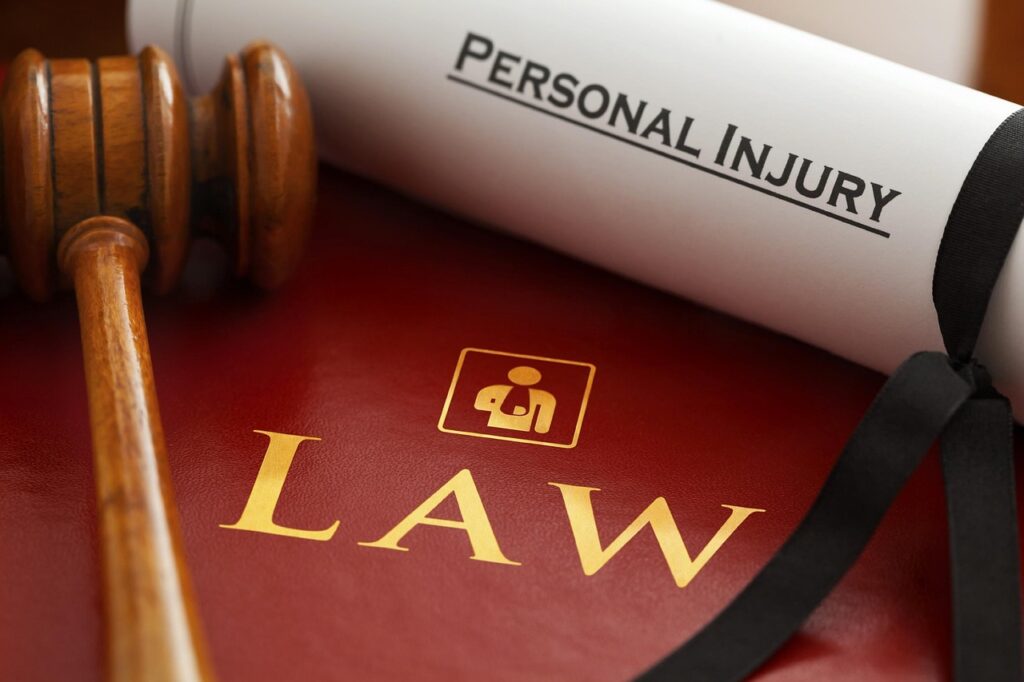Now Reading: What Is a Restraining Order or Protection Order?
-
01
What Is a Restraining Order or Protection Order?

What Is a Restraining Order or Protection Order?
Domestic violence is running rampant in progressive societies like the USA. There is nothing more unfortunate than this. Human sensibilities seem to have evaporated away from the plane of love and tolerance. Facts can support it.
Take, for example, Texas. According to data, around 35.1% of men and 34.5% of women in Texas have experienced domestic violence in some form or other. A somewhat similar situation prevails in states like California.
Looking at the gravity of the matter, we find this discussion a pertinent one. This article discusses the nitty gritty of a protection order or restraining order. So let us get the discussion started.
Restraining Order Or Protection Order
The restraining order (sometimes called a protective order) is law enforcement that protects victims from being harassed, stalked, or threatened. When an individual gets restraining orders, they are then called “restrained persons.” They are the offenders. The victim is the protected person. To know more about the idea, hiring a Restraining order attorney can best serve your purpose.
What Are Restraining Orders?
An individual gets a protective or restraining order when the court finds clear evidence of sexual harassment and another form of domestic violence. In addition, when there is a clear indication of an individual abusing another, they stop him/ her from:
- Physical Abuse.
- Threats of abuse.
- The enforcement threatens the abuser to get away from any physical contact with the victim’s children.
- They also stop the abuser from coming anyway closer to the victims.
Personal Conduct Orders
The restaining of protection orders stops the wrongdoer from a crime like stalking, threatening, sexually assaulting, harassing, disturbing the peace of mind, and destroying any person’s property.
Furthermore, with the help of the orders, the court can stop the wrongdoer from carrying out any kind of physical and mental torture against the vulnerable or victimized person.
Stay-Away Orders
Other than the ones mentioned, restraining orders keep the restrained person stay at a distance of 50 to 100 yards. This indicates that the victimized individual can stay protected by keeping himself/herself detached from the person committing the crime.
With the help of the orders, the victims can stay detached at home and at work, children’s schools, and other important places.
“Kick Out” Or “Move Out” Order
According to law restraining orders, the restrained person or abuser will have to stay away from the protected individual. It orders the individual to take only the clothing and personal belongings but stay away from the victim. These orders become active only in terms of domestic violence.
Areas Of Application Example
These laws apply, for instance, to Intimate Partner Violence. You must know that millions of U.S. nationals are afflicted with the problems of IPV. According to statistical findings, around a 43million women ad 38 million men have experienced IPV in ways like Psychological aggression, stalking, physical violence, sexual violence, and others.
In the year 2020, an aggregate of 160646 domestic violence related calls was made to law enforcement in the state of California. The rate is around 9.3 adults per 1000 adults. These laws, if applied to certain individuals, can safeguard the interests of the people who suffer a great deal. Therefore, there are wide areas where the laws can be enforced to protect the people.
Are They All The Same?
Apparently, these two orders can look alike, but it can not be denied that there are key areas of difference. The protective order is issued mainly to stop someone from creating any harm, like physical or emotional harm.
On the other hand, restraining orders are more applicable to preventing someone from performing acts like damaging property. In the case of protective orders, the offender can be arrested, and they can even face jail time if they violate the orders. So there are legalities and fine areas of difference. But to know more about them, you need to consult a Restraining order attorney you get to know about on this.
Putting The Discussion To A Close
Domestic violence is indeed on the rise. But the legislative authorities in the USA are vigilant enough to stop them.
So the protective or the restrictive order, or both of them, have a positive role in understanding the key differences. So therefore, you need to have a good awareness of them.









